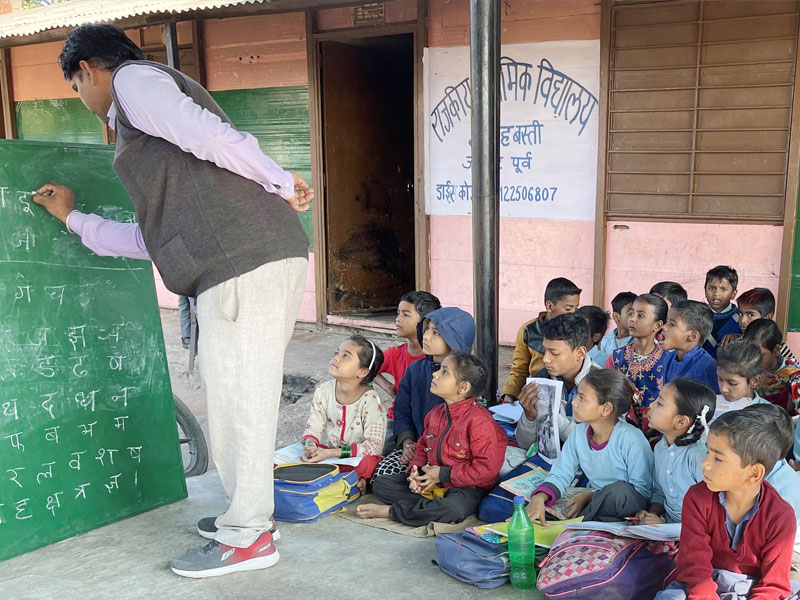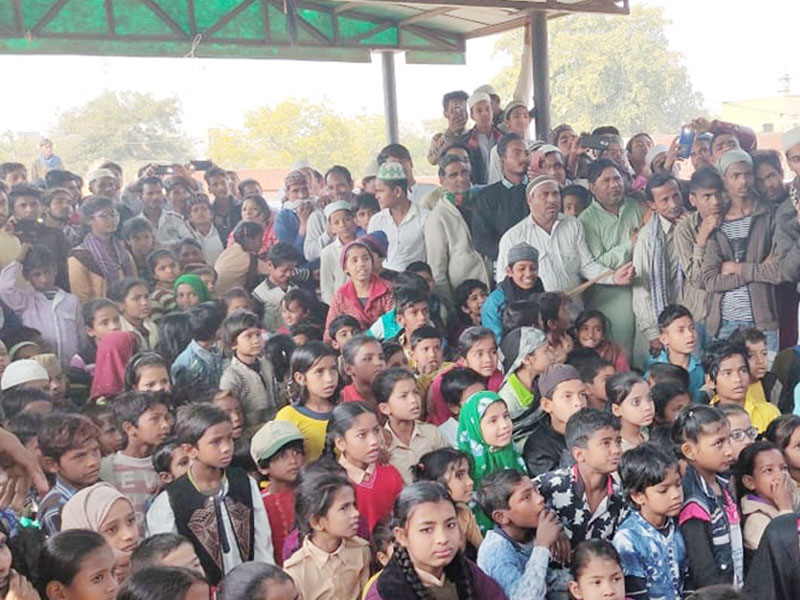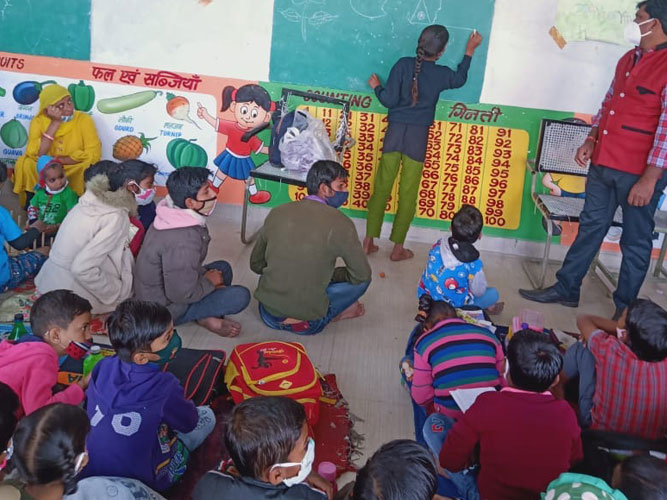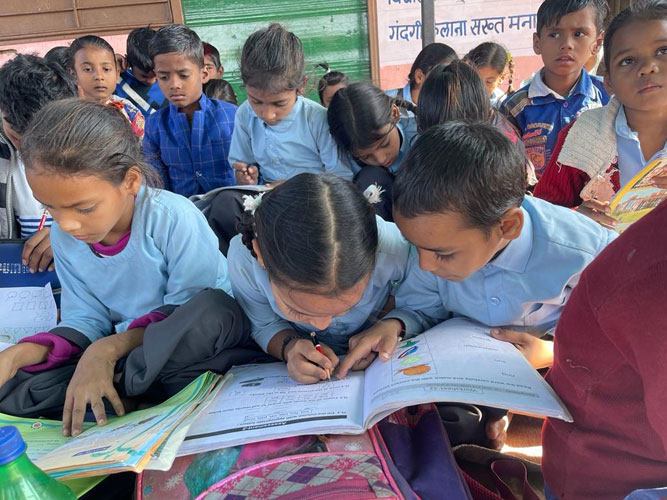
Although the government promotes free and compulsory education till age 14 (grade VIII), our annual community surveys showed that there were many students, who were out of school. Differently-able children were totally ignored in these schools as the staff was unaware of the presence of these children in their proximity. They were also untrained in handling and caring for these children. When we explored the reasons for this, we found that the teacher-student ratio was abysmal and there was a serious lack of infrastructure (space & basic amenities) and disability friendly infrastructure.
Even students who had completed education till Grade V were shaky on the fundamental concepts and lacked social and communication skills. We felt that there was a need to intervene in the schools to show the government that when dedicated educators are backed by a well-planned educational system and regular monitoring, a lot of positive change can be brought about, bringing true meaning to the concept of literacy and Education for ALL.
Prayas then held discussions with the Ministry of Education, Govt. of Rajasthan and was invited July 2010 onwards, to intervene in 12 Government-run Primary Schools, functioning in the slums of Jaipur. The purpose was to replicate its Inclusive Education Model there. Since then, this is being achieved by conducting surveys to identify and enrol specially-able and non-school going children in school and reduce drop-out rates. The continued success in these is being achieved by:
a) Introducing new and interactive teaching practices in and outside the classroom;
b) Training government teachers and placing our teachers and special educators in these schools to help improve the teacher-student ratio and the quality of education imparted.
c) We have been in regular contact with authorities of SSA (SarvaShikshaAbhiyan) to employ additional teachers in each of the 12 Government school to maintain students-teacher ratio. Training and workshops for government teachers has shown better understanding and interest in the special students and regular government teachers.
These schools have over 2000+ students with whom Prayas works directly.
Apart from special needs, over hundreds of normal children have been identified. They have not been attending any school and either sit at home or are engaged in child labour, due to the extremely poor financial standing of the household.
Prayas has contributed in solving this problem to some extent. This is reflected reflected by the number of enrolments every year, parent engagement, teacher empowerment and regularity in attendance of students.








